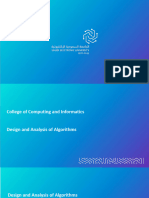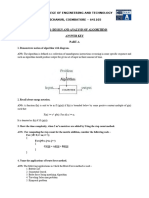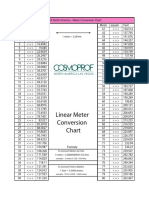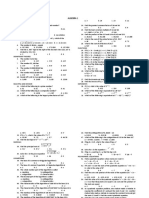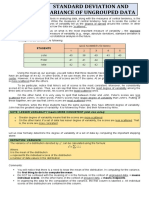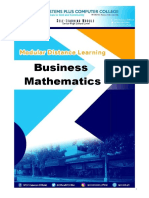0% found this document useful (0 votes)
16 views18 pagesAlgorithmic Problem Solving
The document outlines the structured approach to algorithmic problem solving, which includes understanding the problem, designing, verifying, analyzing, and implementing algorithms. It emphasizes the importance of choosing appropriate design techniques and ensuring correctness and efficiency in algorithms. Additionally, it discusses methods for specifying algorithms, such as natural language, pseudocode, and flowcharts, as well as the significance of coding and optimizing the implementation.
Uploaded by
missionfact4uCopyright
© © All Rights Reserved
We take content rights seriously. If you suspect this is your content, claim it here.
Available Formats
Download as PPTX, PDF, TXT or read online on Scribd
0% found this document useful (0 votes)
16 views18 pagesAlgorithmic Problem Solving
The document outlines the structured approach to algorithmic problem solving, which includes understanding the problem, designing, verifying, analyzing, and implementing algorithms. It emphasizes the importance of choosing appropriate design techniques and ensuring correctness and efficiency in algorithms. Additionally, it discusses methods for specifying algorithms, such as natural language, pseudocode, and flowcharts, as well as the significance of coding and optimizing the implementation.
Uploaded by
missionfact4uCopyright
© © All Rights Reserved
We take content rights seriously. If you suspect this is your content, claim it here.
Available Formats
Download as PPTX, PDF, TXT or read online on Scribd
/ 18


